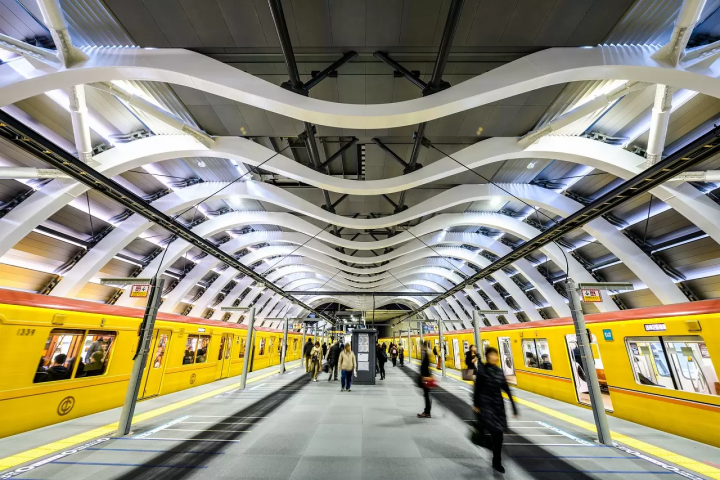Magical Fireflies: 3 Places to See Them in Japan
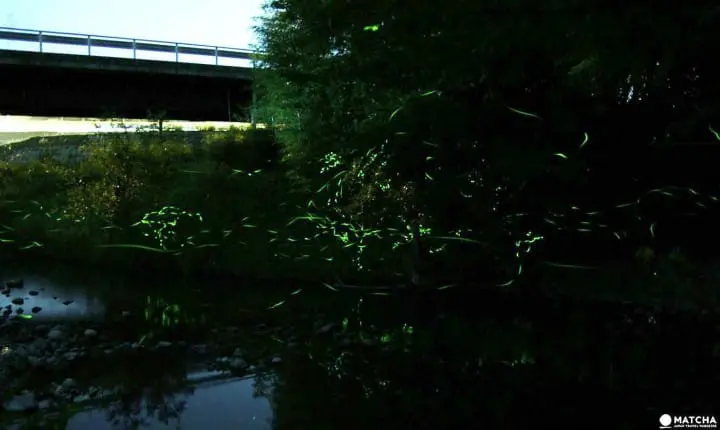
Fireflies have long been associated with the supernatural world. This article introduces the types of fireflies found in Japan and highlights 3 places where you can see them in their natural habitats.
As urbanization continues to spread, sightings of fireflies have become increasingly rare, and many city residents haven't seen them in years.
However, despite their scarcity, there are still many places where fireflies can be found. This article will share tips on where to locate fireflies and how to capture beautiful photographs of them.
Fireflies and Legends about Them
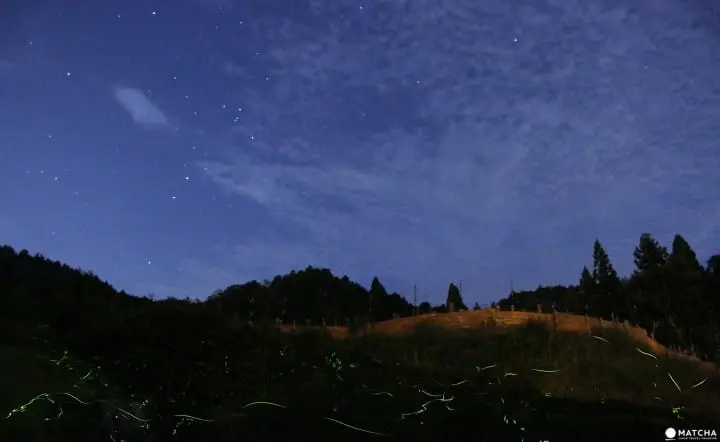
Fireflies, also known as lightning bugs, are special insects that produce light from their abdomens to attract mates. Although their glowing bodies resemble fairy-like “fires,” these creatures have often been associated with death.
During the Victorian era, fireflies were believed to be "Death’s messengers." If a firefly entered your house, it was thought to signal that a family member would soon be taken by death.

The green lights of the fireflies are sometimes so eerie that they'll give you goosebumps
Similarly, in Japan, it is believed that fireflies are the spirits of warriors who fell in battle. This metaphor may have inspired Akiyuki Nosaka to write his famous short story, “Grave of the Fireflies”. The story was later adapted into an animated film by Studio Ghibli, directed by Isao Takahata, which shares the same title.
In this story, the fireflies symbolize not only soldiers who died in World War II but also innocent civilians who lost their lives due to the indirect effects of the war.

Poster of the film "Grave of the Fireflies"
On the other hand, the mystical light emitted by fireflies has been used as a metaphor in Japanese poetry for the burning passion of love since the compilation of the oldest poetry collection, Man’yōshū, in the 8th century.
Where to Find Fireflies in Japan

During the summer, firefly festivals are held all across Japan, providing dreamers with a chance to glimpse these short-lived yet truly magical creatures. Even in large cities, many festivals take place at shrines, along rivers, or in the gardens of luxury hotels—assuming the conditions are suitable for fireflies to appear.
There are also places recognized as native habitats of fireflies, which offer a longer observation period, sometimes lasting up to two months. These habitats are often remote areas with preserved trees, forests, and clean water. This means that public transportation may not always be available.
The best way to experience them is often to rent a car or bicycle and visit these places yourself. Imagine yourself surrounded by thousands of flickering green and yellow lights in a quiet, dark environment—completely immersed in a different world, away from crowds!
Types of Fireflies that Can Be Seen in Japan
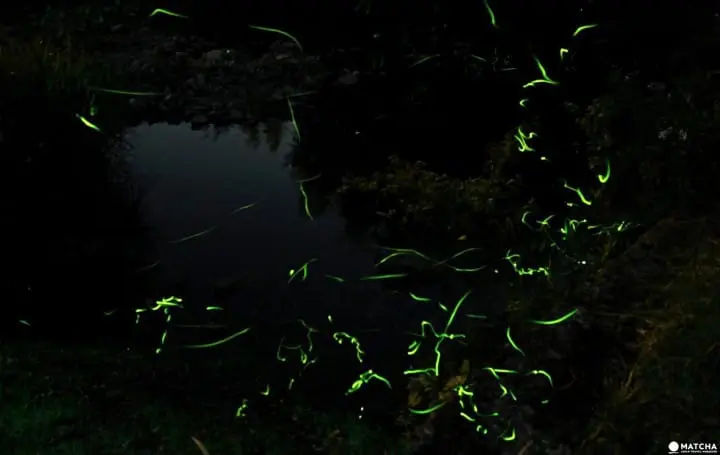
In Japan, there are three main species of observable fireflies: Hime-hotaru, Genji-hotaru, and Heike-hotaru. (*“Hotaru” means “firefly” in Japanese, while Genji and Heike are the names of two famous warrior clans in Japanese history.) The mating seasons of these fireflies vary depending on the region and species.
Much like cherry blossom seasons, the firefly season begins in the south and gradually moves northward. Among the three species, Hime-hotaru matures the fastest from the larva stage and starts attracting females with its light earliest.
This year, the firefly season for Genji-hotaru and Heike-hotaru starts in early June in the Kansai region, mid to late June in Kanto, and late July in Tohoku.
Hime-hotaru fireflies emerge approximately two weeks earlier. During the season, they are most active after nightfall (around 7 PM) until about 10 PM. Sometimes, however, you may need to wait until midnight for them to come out in full force—so be prepared to spend the whole night searching for them.

Genji-hotaru, on the other hand, emit cool green light. (Can you see the face smiling at you?) The picture was taken in Motosu, Gifu prefecture.
Fireflies require moist air and dark environments for their life cycle and reproduction. Therefore, you can often find them in woodland areas, near clean water sources, and in places that are less disturbed by human activity—such as areas away from street lights and headlights at night.

While Hime-hotaru fireflies prefer forests, you are likely to find the other two species rather near rivers or canals.
3 Places to See Fireflies in Their Natural Habitat
1. Motosu Hotaru Park

Motosu Hotaru Park in Gifu is very close to roads and residential areas, but the local government has designated it as a protected habitat for fireflies, ensuring they have access to water and darkness.
You can find both Genji-hotaru and Heike-hotaru here. The park is only about 550 meters from Motosu Station, so you can simply get off the train and walk there.
2. Sekigahara in Gifu

Another excellent place to see fireflies is in Sekigahara, located southwest of Gifu Prefecture. It is a more remote area situated in the wetlands between the foot of Mount Matsuo and the Fujiko River.
The nearest station is Sekigahara Station, about 2 km away, so it’s recommended to use a car or bicycle to reach there. With its dense darkness and deep forest surroundings, you are more likely to see a larger number of fireflies.
3. Shimoyoshida in Chichibu

For residents of the Kanto region, Shimoyoshida in Chichibu, Saitama Prefecture, is an excellent place to observe Hime-hotaru. The dense forest provides the perfect habitat for this yellow-light firefly. Located just about two hours by car from central Tokyo, the site is easily accessible.
You can depart around 6 PM, enjoy two to three hours of firefly viewing, and return by midnight.
I'm a wanderer of Middle-Earth. I travel everywhere to collect beautiful memories of this pale blue dot in the sky. Let me have the honor to guide you.



































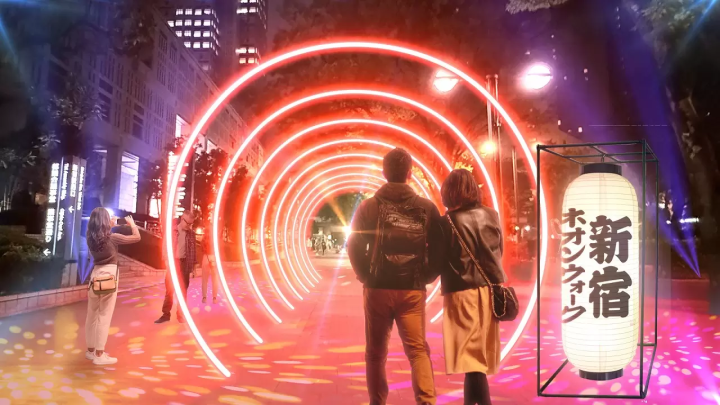
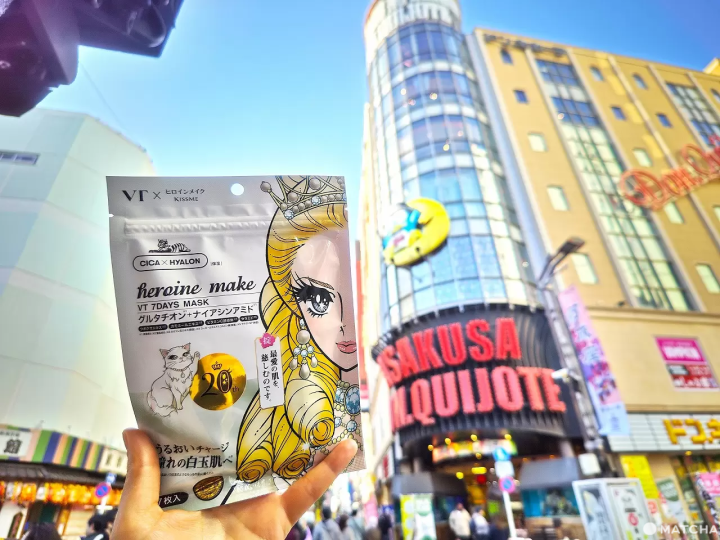

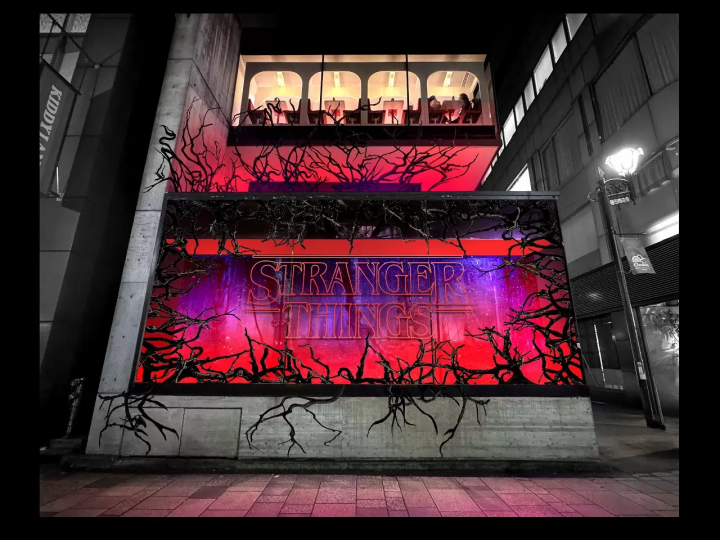
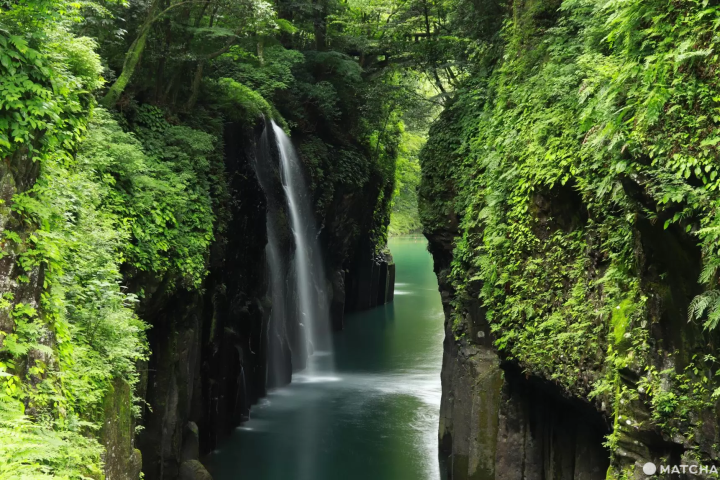




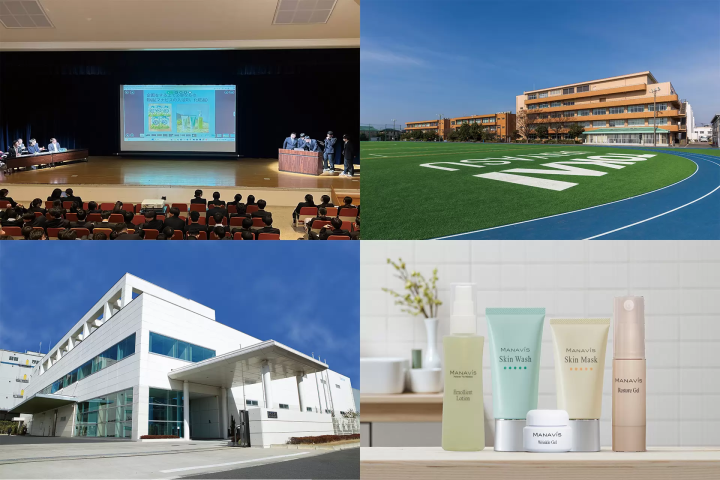
![[THE BLOSSOM KYOTO] Awaken your senses with the Kyoto aesthetic that lives on in the hotel](https://resources.matcha-jp.com/resize/720x2000/2025/07/01-237865.webp)

